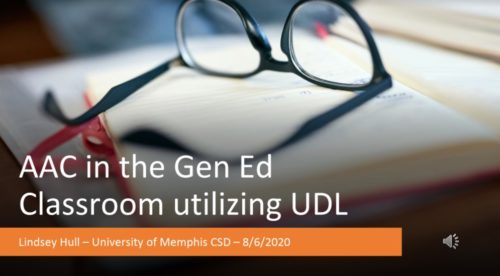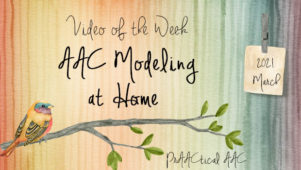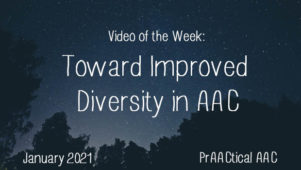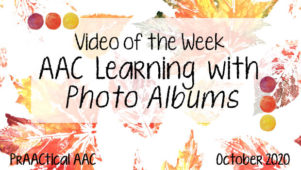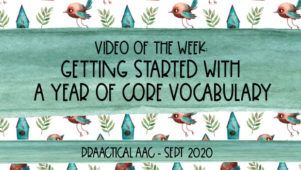Growing AAC Professionals: Resources for Mythbusters
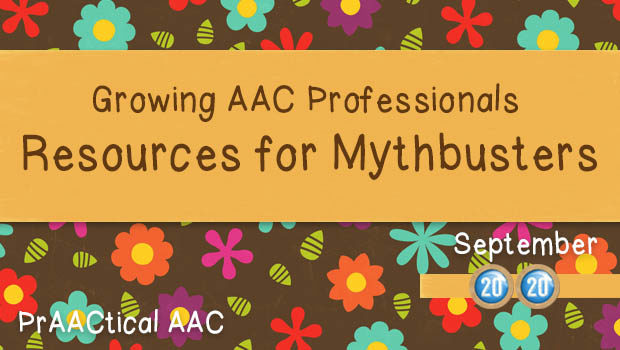
We’re excited to have another guest post today by Vicki Haddix, an AAC SLP and Clinical Assistant Professor at the University of Memphis. Vicki joins us periodically to share some of the work completed by her SLP graduate students. Under her leadership, they create videos, handouts, and other materials that can be used by families, clinicians, and educators. Let’s take a look.
:::::::::::::::::::::::::::::::::::::::::::::::::::::::::::::::::::::::::::::::::::::::::::::::::::::::::::::::
As I have said in previous posts about teaching the graduate class on AAC, I find Universal Design for Learning (UDL) to be a very helpful framework when designing the course, although I’ve realized I don’t typically name UDL when I discuss activities or assignments. But I was thrilled when Lindsey Hull came to me wanting to look at integrating students who use AAC within the general education classroom, and we got to talk about UDL. She put together a narrated PowerPoint full of great ideas for designing lessons that are inclusive, and I turned it into a 20 minute video for sharing. Lindsey also consulted with her sister, who is a teacher, and designed a lesson plan template. 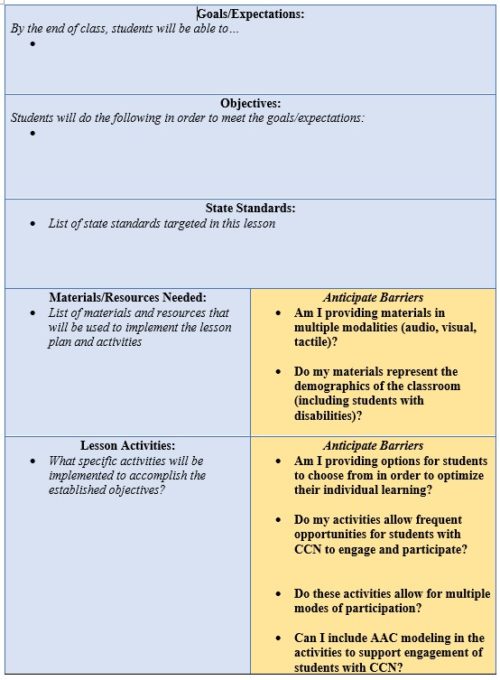 This template embeds questions to get us thinking about how to knock down barriers that may exist for our AAC using students.
This template embeds questions to get us thinking about how to knock down barriers that may exist for our AAC using students.
To see the video, click on the image below.
Emily Pierce and Aly Hoyt decided pretty early on that they wanted their final project to address busting AAC myths. They considered myths we’d talked about in class and looked at what some AAC device manufacturers said on their websites about myths. They also surveyed friends, family, and acquaintances to determine which AAC myths to address, and did lots of research article reading to gather the evidence to debunk those bunks. They debated about the format for sharing and created some charming graphics. And then Emily and Aly put it all together in this great video. 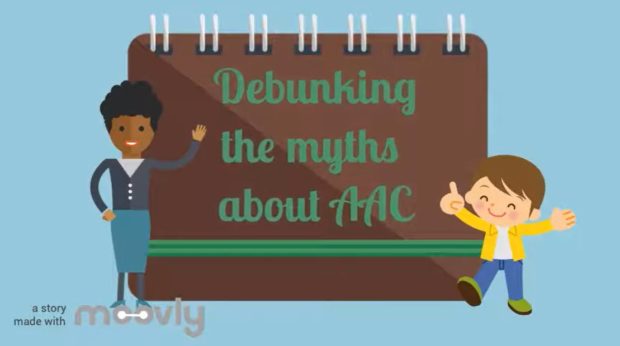
Sarah Joyce and Sara Grace Davis went through a number of different ideas before they settled on looking into how we address pragmatics with young AAC users in the classroom and in therapy sessions. They discovered the Pragmatics Profile for People who Use AAC and gave the class some ideas around using this profile during an assessment. And they also conducted a wonderful interview with Katie Halabrin, an early childhood special education teacher. Sarah and Sara Grace formulated some great questions that allowed Katie to expand on how she supports language development for the AAC users in her classroom and as they move around the school building. And happily, they recorded the interview to share with us.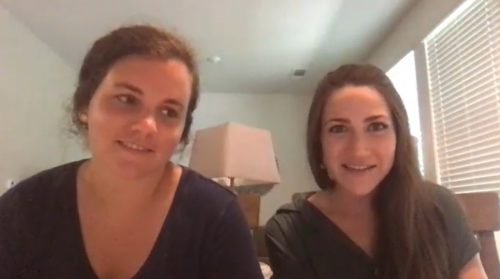
Many of the students who take the class are more interested in pediatrics than adults, but there are exceptions, and Lindsey Randall and Bethany Beckham fell into that category. During the time of this class, they were also in clinical placements involving adults with aphasia and/or dementia. They surveyed those staff that were available (not easy during a pandemic!) to figure out what might be helpful in this setting and decided they wanted to create something instructional about using visuals with these adult clients. Lindsey and Bethany also debated about the format for this project, originally thinking about a video. But they ended up with a very comprehensive handout with a lot of links instead, and that was the right choice. (It would have been a very long video!)
Click the image below to download the visual support guide.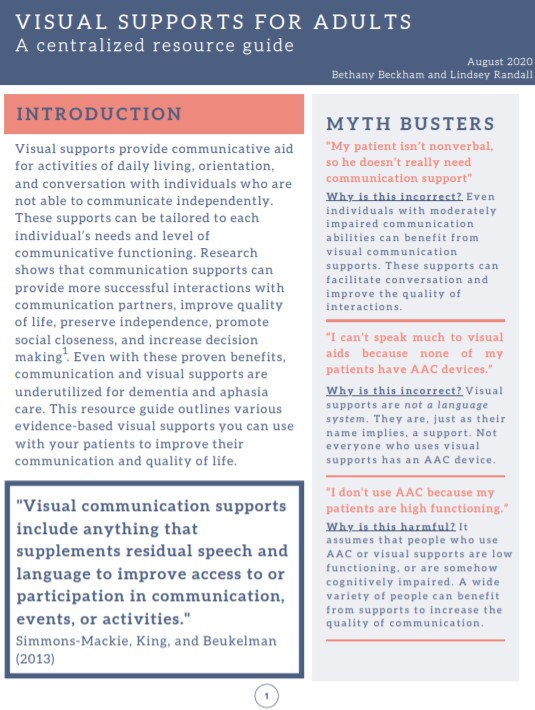
You can access Lindsey R and Bethany’s handout, as well as Lindsey H’s lesson plan template, and Emily and Aly’s AAC PowerPoint presentation full of AAC myth-busting research articles in this Google Drive folder.
Filed under: Featured Posts, PrAACtical Thinking
Tagged With: & Tools, Checklists, forms, myths, videos, visual supports
This post was written by Carole Zangari
